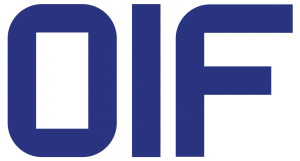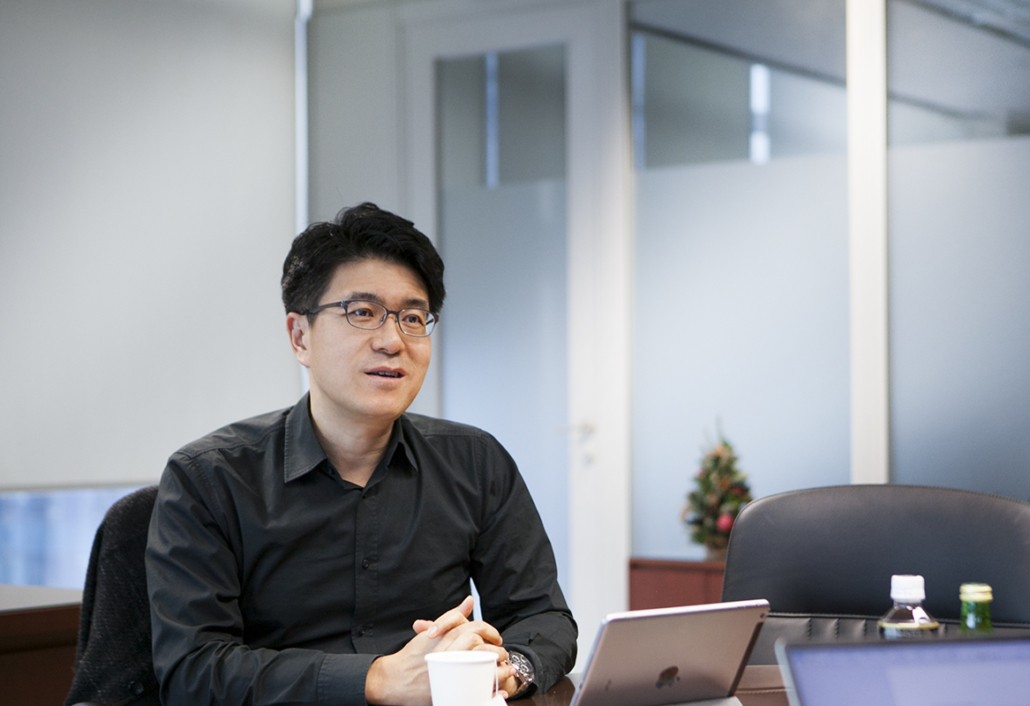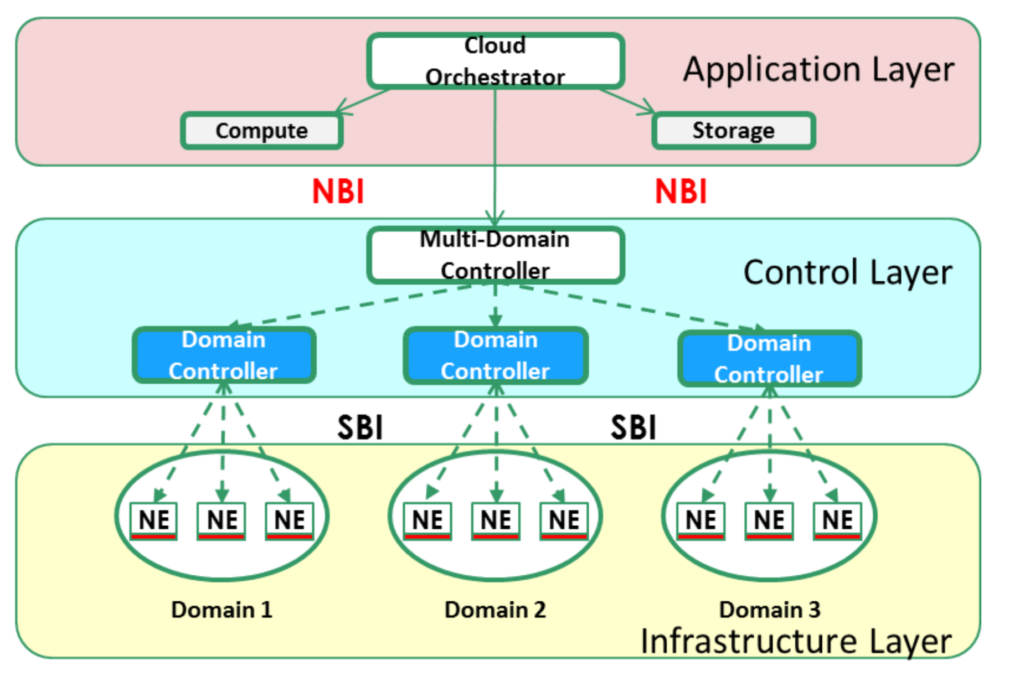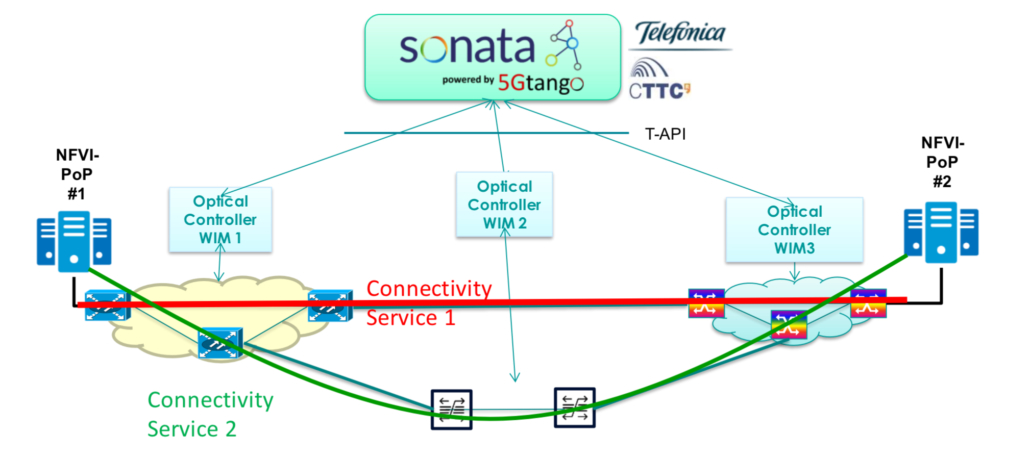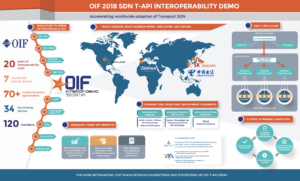OIF Thought Leaders to Provide Updates on Co-Packaging, 400ZR, Electrical Data Rates and Transport SDN Projects at Global Conferences
Presenting developments on innovative projects at OFC 2021, Optinet China 2021 and
China Fiber Connect Forum 2021
Fremont, Calif.—June 7, 2021 – OIF thought leaders will share insight into OIF’s interoperability work in groundbreaking technologies at some of the world’s largest global communications conferences: OFC 2021, Optinet China 2021 and China Fiber Connect Forum 2021.
OIF’s dynamic membership has brought about significant advances in the industry through its interoperability work.
“For more than 20 years, we’ve led the way for network operators and system, component and test equipment vendors to collaborate on, and test the interoperability of the electrical, optical and control solutions that directly impact the industry. Our members continue the path forward by sharing their expertise and OIF project updates at three global conferences this month,” said Ian Betty, OIF Board President, Ciena.
OFC 2021 Panels – Virtual
“Electrical Data Rates Keep Pushing Forward: An OIF Update”
Tuesday, June 08, 2021 – 11:00-12:00 PDT
A panel of industry experts and OIF members will provide an update on OIF’s CEI-112G and CEI-224G development work, including discussion and debate of 224G modulations.
- Moderator: Nathan Tracy, OIF VP of Marketing, TE Connectivity
- Panelists: David Stauffer, OIF Physical & Link Layer Working Group Chair, Kandou Bus SA; Gary Nicholl, OIF Secretary/Treasurer, Cisco; Cathy Liu, Broadcom Inc.; Mike Li, OIF Board Member, Intel and Thananya Baldwin, Keysight Technologies
“OFC Media/Analyst Panel: Data Center Optics are Heading Toward Co-packaged Optics: Why, How and When?”
Tuesday, June 08, 2021 – 12:30 – 13:30 PDT
This OFC-sponsored panel of industry experts will discuss the need for co-packaged optics (CPO) inside the data center. The path to CPO commercialization is fraught with risk. An entire ecosystem must be developed to support the transition from pluggable modules. The panel consists of specialists who come from different parts of this potential ecosystem to deliberate CPO’s merits, its potential pitfalls, how and perhaps when it can be successful.
- OIF Speaker: Mark Filer, OIF Board Member, Microsoft
“400ZR Deployment and What’s Next: An OIF Update”
Friday, June 11, 2021 – 11:30-13:00 PDT
A panel of industry experts will provide an update to the state of the 400G coherent transmission ecosystem. They will provide an update for 400ZR deployment and the status of ongoing OIF projects that are intended to accelerate the deployment of optical networking equipment. A panel discussion including representatives of the DSP, optics, equipment, and end-user communities will ensure this will be a lively discussion.
- Moderator: Richard Ward, OIF Market Awareness & Education Committee Co-Chair – PLL, Intel
- Panelists: Ian Betty, OIF President, Ciena; Josef Berger, Marvell; Tom Williams, Cisco; Paul Brooks, Viavi Solutions
Optinet China 2021 – Beijing
“Overview of OIF Transport SDN Projects”
Wednesday, June 16, 2021 – 11:50-12:10 China Standard Time
During this session, an OIF expert will discuss OIF’s Transport SDN projects and the 2020 Transport SDN API Interop Demonstration, where operator-defined use cases and deployment scenarios for multi-vendor Layer 0 and Layer 1 networks were tested in the Telefonica Madrid lab using the ONF T-API 2.1.3 and OpenConfig device APIs for interoperability between devices, SDN controllers and orchestrators.
- Presenter: Hu Qian, OIF Representative, Senior Engineer, Optical Communication Research Center of China Telecom Beijing Research Institute
China Fiber Connect Forum 2021 – Suzhou
“Standardization for the Co-packaging of Photonics and Electronics”
Thursday, June 24, 2021 – Time TBD
OIF has been studying the co-packaging of ASICs with optical and electrical transceivers within its Co-Packaging Framework Project. During this session, an OIF expert will define co-packaging, its’ unique challenges, and describe OIF activities to address multi-vendor interoperability for co-packaging.
- Presenter: Jeff Hutchins, OIF Physical & Link Layer Working Group – Co-Packaging Vice Chair, Ranovus
About OIF
OIF is where the optical networking industry’s interoperability work gets done. Building on more than 20 years of effecting forward change in the industry, OIF represents the dynamic ecosystem of 100+ industry leading network operators, system vendors, component vendors and test equipment vendors collaborating to develop interoperable electrical, optical and control solutions that directly impact the industry’s ecosystem and facilitate global connectivity in the open network world. Connect with OIF at @OIForum, on LinkedIn and at http://www.oiforum.com.
PR Contact:
Leah Wilkinson
Wilkinson + Associates for OIF
Email: leah@wilkinson.associates
Office: 703-907-0010
